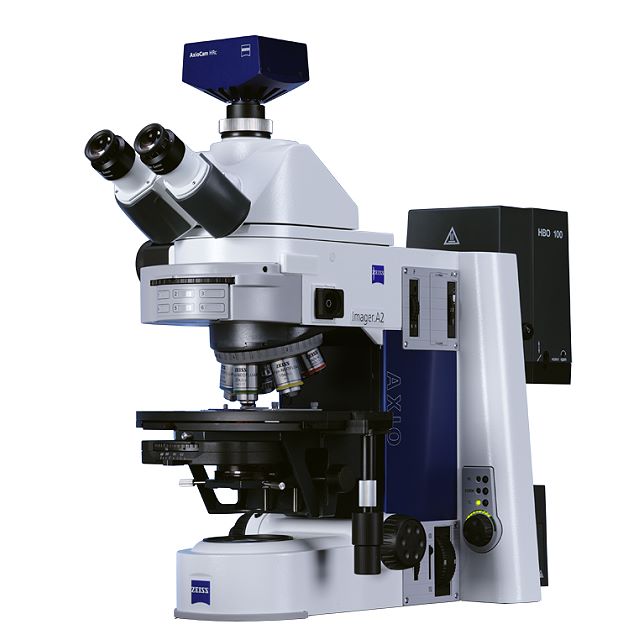Research Microscopes: Unlocking the Mysteries of Life
Research Microscopes play an important role in advancing scientific understanding in fields such as microbiology, medicine, biotechnology, and environmental science. These tiny organisms, such as bacteria, viruses, fungi, and protozoa, are invaluable for exploring biological processes, testing medical treatments, and studying the fundamental mechanisms of life.
What Are Research Microscopes?
Research Microscopes refer to microorganisms specifically used for scientific studies. They serve as model systems for understanding cellular functions, genetic behavior, and biochemical processes. Due to their simplicity, rapid growth, and genetic accessibility, Microscopes have become fundamental tools for research and innovation.
Applications of Research Microscopes
- Microbiology Studies: Research Microscopes help scientists study microbial diversity, structure, and behavior, contributing to the discovery of new species and understanding microbial ecosystems.
- Medical Research:
- Used in disease modeling to understand pathogens and their effects on human health.
- Essential in the development of vaccines and antibiotics.
- Assist in testing new drug therapies for infections and chronic illnesses.
- Genetic and Molecular Research:
- Microscopes like Escherichia coli (E. coli) are widely used for gene cloning and genetic engineering.
- Research Microscopes help study DNA replication, transcription, and protein synthesis.
- Environmental Studies:
- Research Microscopes contribute to bioremediation, where bacteria break down pollutants and toxins.
- They play a role in understanding nutrient cycles like nitrogen fixation.
- Biotechnology and Industrial Use:
- Used in fermentation processes for producing enzymes, biofuels, and pharmaceuticals.
- Help create probiotics and other health supplements.
Types of Research Microscopes
- Bacteria: E. coli, Bacillus subtilis – Used in genetic studies and biotechnology.
- Viruses: Bacteriophages, Influenza virus – Used for studying viral mechanisms and vaccine development.
- Fungi: Saccharomyces cerevisiae (yeast) – A model organism for cellular biology and genetics.
- Protozoa: Tetrahymena, Paramecium – Used in cellular function and evolutionary studies.
Why Are Research Microscopes Important?
- Simplified Models: Their simplicity allows easy observation of biological mechanisms.
- Rapid Growth: Fast reproduction helps in quick experimentation.
- Genetic Manipulation: Microscopes can be easily altered for gene expression studies.
Final Thoughts
Research Microscopes are indispensable tools driving breakthroughs in genetics, medicine, and environmental science. Their versatility, ease of cultivation, and biological relevance make them essential for modern scientific research. Understanding these microorganisms continues to shape innovations that benefit human health, industry, and the planet.

